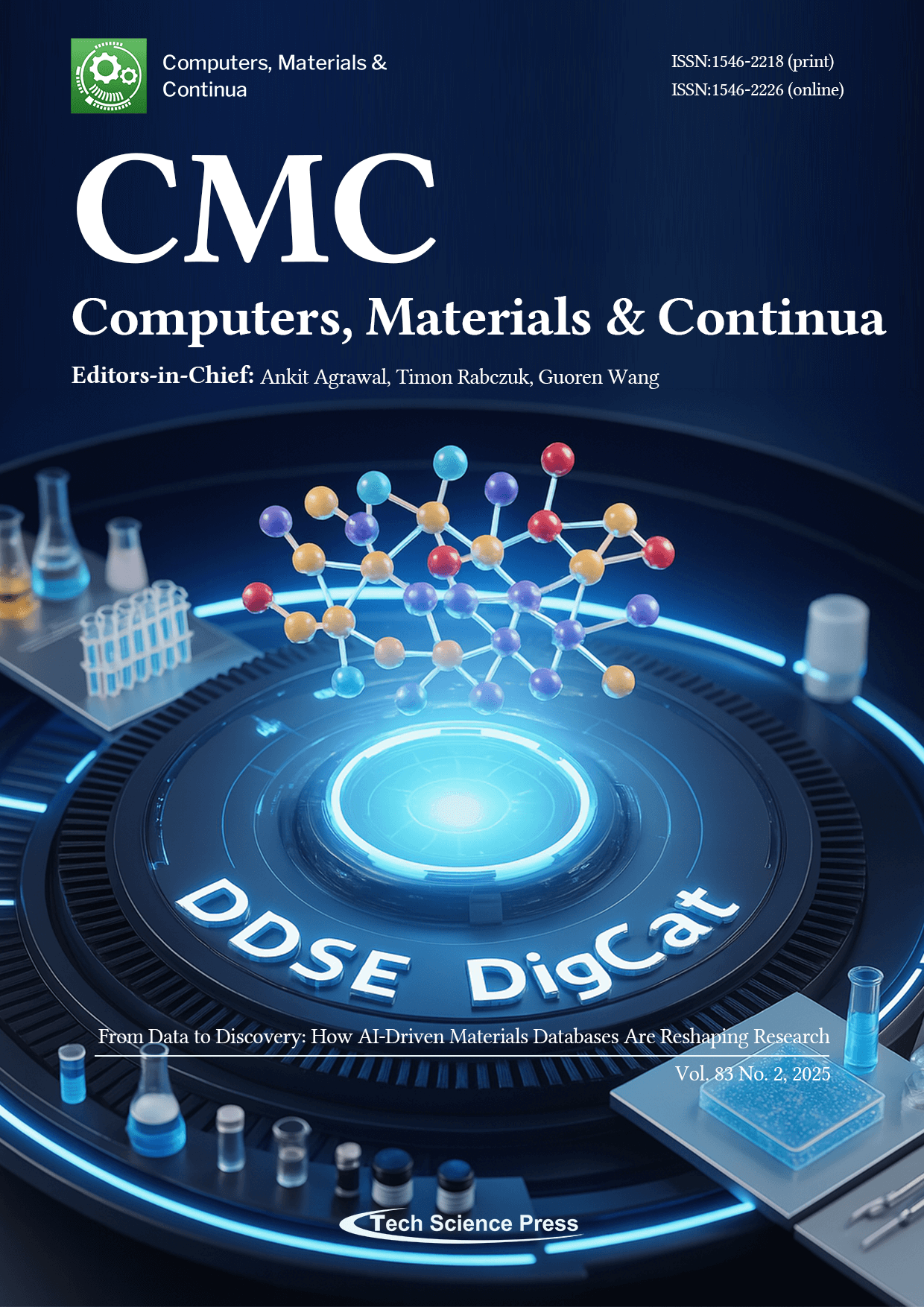
AI-driven materials databases are transforming research by integrating experimental and computational data to enhance discovery and optimization. Platforms such as Digital Catalysis Platform (DigCat) and Dynamic Database of Solid-State Electrolyte (DDSE) demonstrate how machine learning and predictive modeling can improve catalyst and solid-state electrolyte development. These databases facilitate data standardization, high-throughput screening, and cross-disciplinary collaboration, addressing key challenges in materials informatics. As AI techniques advance, materials databases are expected to play an increasingly vital role in accelerating research and innovation.
The cover image was created with AI-generated content via Kling AI, and it contains no copyrighted elements or misleading representations.
View this paper